Big Valley Roundhouse
Had they not been made of concrete, we suspect these remains would otherwise be long gone and the place but a distant memory. Here it’s massive walls and foundations, a monument to the past, when the railway was the driving force of the economy and stream locomotives were king. In every direction of the compass, track would head off, the prairies becoming a literal spiderweb of mainlines and branches, put in a by a number of firms. Every town and village seemed to have a line heading its way. Picture it, a crazy building boom that tied the west to the rest of the country. Most of this track, circa 1900-1930, is no more.
In support of this crazy network, at strategic points, servicing facilities like this would be put in. Steamers require a lot of attention and need a place where they could be fueled up, maintained or repaired as needed. Seen in these photos is just such a complex, silent now but once bustling with activity. The sound of hammer on steel, the pungent smell of coal and chaos at every turn. It’s busy bee workers going about their jobs keeping the big railway machine in motion. Day and night the work went on. Presenting the CNoR roundhouse in Big Valley Alberta and all that’s left are these bleached bones.
Do the same…
The railway arrived in Big Valley about 1911 and the structures seen here built soon after (circa 1912-1918). Known as the Alberta Midland, it was operated by the Canadian Northern, a massive railway spanning much of the country and with big aspirations. In spite of being on the edge of bankruptcy for much if its short existence, they built tracks to anywhere and everywhere at a furious pace.
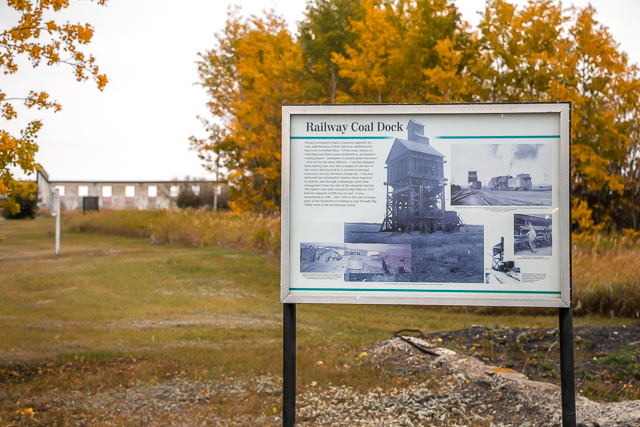
Railway archaeology @ Big Valley Alberta.
Big Valley was a busy centre with trains travelling the north/south Alberta Midland, which came in from two points in the north, Edmonton and Vegreville and headed south towards Calgary. The route was a bit circuitous, but still, lots of freight was carried and many passenger trains kept the rails polished. In addition a good deal of traffic came from the Nordegg branch which headed west into the mountains a bit north of town, in search of coal. Some of that black gold fired the very locomotives that roamed the various subdivisions here.
This line, like all put in by the CNoR, was built to minimal standards when compared to rivals. The Canadian Northern mindset was to lay track as cheaply as possible and then upgrade as the money came in. It didn’t always play out that way though. The track south of town is abandoned but remains in place from Stettler in the north, south into Big Valley and is used by Alberta Prairie Railway’s tour trains. Talk about a good time! Here: Alberta Prairie Railway Tours Ride Along.
Circa 1920, the CNoR merged with a rival, the Grand Trunk Pacific, forming Canadian National Railways and with that the facilities here were made redundant. The GTP was always on loose footing financially too, and similarly with a huge network across the prairies, but generally was better engineered. In one stroke, through traffic was rerouted to the ex-GTP line a bit to the west, with the track through Big Valley reverting to secondary and later branch status. Still it was busy with traffic for a while. Locomotives could be serviced elsewhere now and soon after the merger these buildings mostly fell into disuse (late ’20s?). All machinery was removed at some point. It’s suggested all the wood bits were similarity salvaged and taken away at this time. All they left was the concrete, which was too costly to demolish.
The loss of all the railway jobs must have been a blow to Big Valley. Still the came through town, but less and less with each passing decade.
In the late 1980s the track here was operated by a short line firm Central Western who bought it from the CNR. They hauled mostly grain, including from the elevators in Big Valley. The last one standing in town, and now an historical display, is from about 1960. Tour trains have travelled the line since the formation of CW and continue to this day*. They formerly went south to other towns but in the 1990s the line was cut back to Big Valley with the freight operation folding soon after.
*Caveat: with Covid, they’re not operating in 2020, so in the meantime the line is now used for surplus freight car storage. In tough times, any side-gig is a good one.
Walking about the property, take in interpretive signs, describing the function of the various buildings and features. At one spot, it’s the ash pit, where left overs from burning coal were dumped. Locomotives had voracious appetites for that fuel (some locomotives burned heavy oil) and needed the unburned stuff cleaned out regularly. At another station is where they fuelled up and topped off the water and sand. The latter was deposited on the track in front of the driving wheels,when extra traction was needed. Only foundations remains but photos on the signs help you imagine how it all looked in the day. It was impressive…and gritty and industrial.
There would be store houses, workshops, a whole host of things. And centre to it all, the roundhouse and turntable. The former is where locomotives would be bedded down between runs, or as required inspected, lubed or repaired. Each engine would have a stall and between the rails would be a drop pit which allowed workers access to their underside. The structure was built in a semi-circular form, hence the name. A place like this could have a couple stalls or so many that the it would almost fully loop back upon itself. Big Valley’s roundhouse was modest in size with what looks to be room for eight locomotives. It started off with space for three, but was soon made larger. The walls are massive and thick and the rest of the structure would have been of wood.
The turntable is a bridge of sorts on a central pivot that can swing around to align with any stall in the building. In addition to routing locomotives to their respect spot, they were also used to them spin them around if needed so they’d be pointing in the right direction for the next run. Unlike a diesel which does not care on bit, a steamer functions best nose forward.
Off to the east is a large pond formed by a damned creek put in by the railway. It’s from here they got the water for the locomotives.
Walk about and take in the story. Snap some pics…share them here. The signs offer up so much information and paint a better picture than we ever could. Take in the grounds and see for yourselves. This facility is one of the last if its kind and has been historically recognized. We visited it before, long ago and wrote a similar piece (second try is always harder), but felt it time for revisit. Still, you can see that earlier post here: Big Valley Alberta CNoR roundhouse.
Seen near the end of track in Big Valley, a 1920s era railway snowplow, a real splash of colour on the dull day we visited. This would be pushed ahead of a locomotive when snow drifts got out of hand. Most of the year, though, they sat unemployed. Because they were little used, these would have a long service life. This one was retired in recent times, after almost seventy years of service for Canadian National Railways. Now it’s a display.
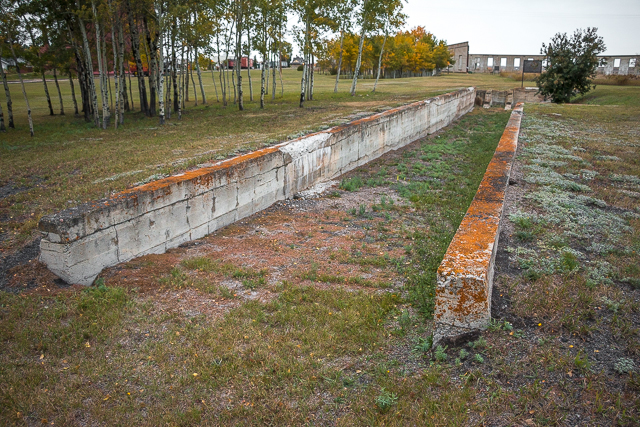
The ash pit.
A short distance away is the restored CNoR Big Valley Station. This amazing building dates back to the early days and was Team BIGDoer’s home base for the weekend. The lower floor is a museum you can tour (but check for Covid restrictions) but there’s an apartment upstairs we got to use. How cool! It was an honour and great pleasure to have the chance and a big shout out to those that allowed it to happen – Rich you’re the man! The grand kid was beside himself and all the clan had an amazing time. We’ll be doing a piece on the experience a little down the road. The station sadly may not be accessible during Covid, but just wait for 2021. In the meantime take it in from the outside and check the rest of the cool places in the community, the remains we just showed you, the grain elevator and the picturesque little blue church. Social distancing is the rule.
Big Valley is a charming village and we pay it a visit often and make sure spend a few dollars there to help the local economy. The hotel has yummy meals for one, and of course, it’s an always obligatory road drink and lotto stop on the way out of town. Yes, we’re a slave to gambling. And chocolate milk.
Thanks to the Canadian Northern Society for the upkeep on the roundhouse. Please look them up and donate to their cause when you get the chance. In addition to this building they look after the Big Valley Station that we stayed at. Great people with a great cause.
Till next time, keep on dropping by. And please, comment when you can. And share…show some love and tell us you appreciate the work we do.
They’re saying…
”Chris & Connie research & share the details of their subjects & share their awesome photography! Thank you!” Sandra Beaudoin (interestingly this person is connected to this similar place: Hanna Roundhouse Revisited.
Train stuff!
Taunton/Fortner Bridge.
Canadian National Railways #5080.
Things We Saw In Mossleigh.
If you wish more information on what you’ve seen here, by all means contact us!
Date of Adventure: September, 2019.
Location(s): Big Valley, AB.
Article references and thanks: Canadian Northern Society & Rich G (huge appreciation), HistoricPlaces.ca, Canadian Trackside Guides, Geoffrey Lester.
You are welcome to tour the remains of the Big Valley Roundhouse.
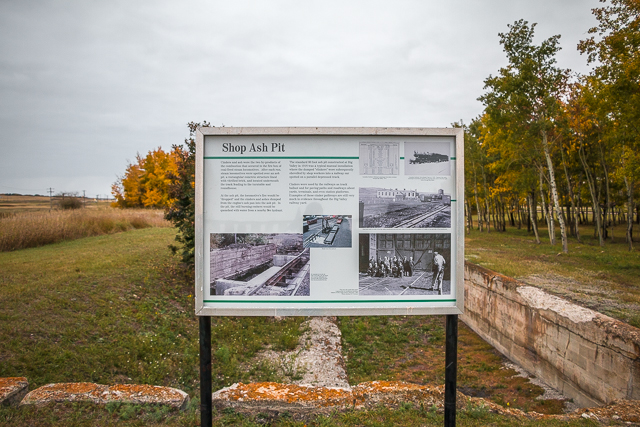
Signs help tell a story.
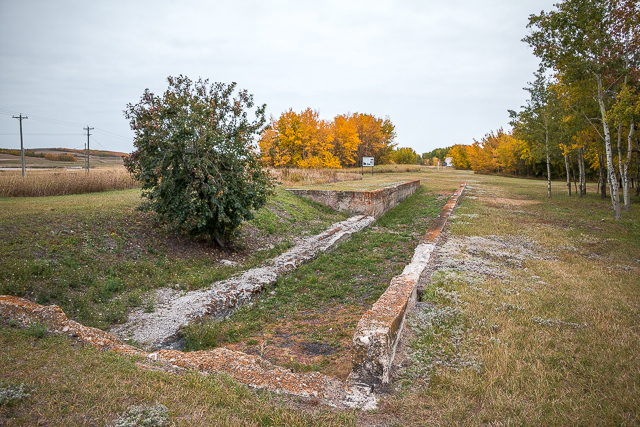
This complex dates from the 1910s.
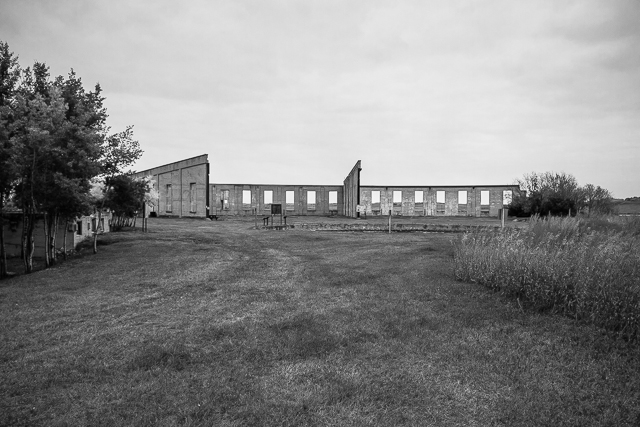
It was in use for only a short time.
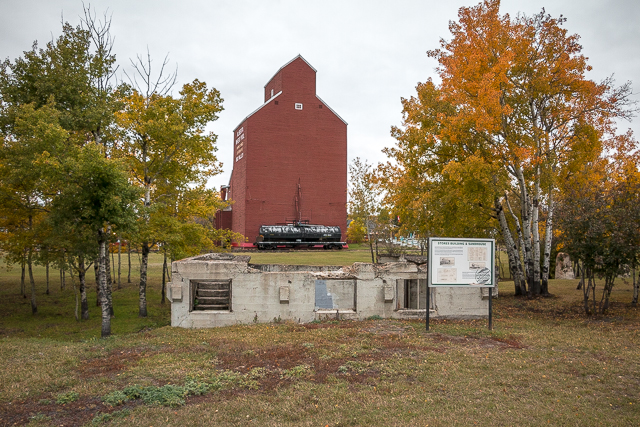
The towns’s last prairie sentinel.
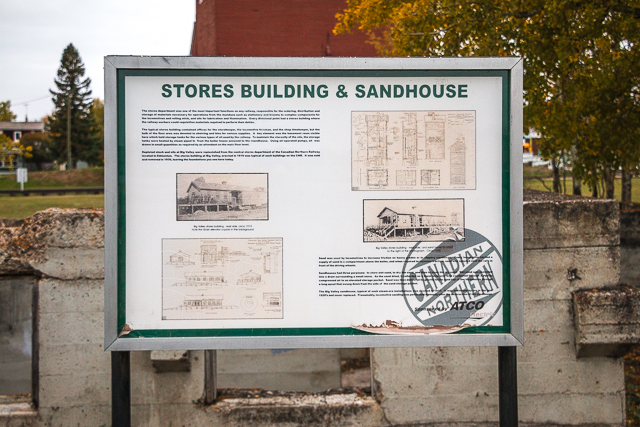
A lot of infrastructure was required.
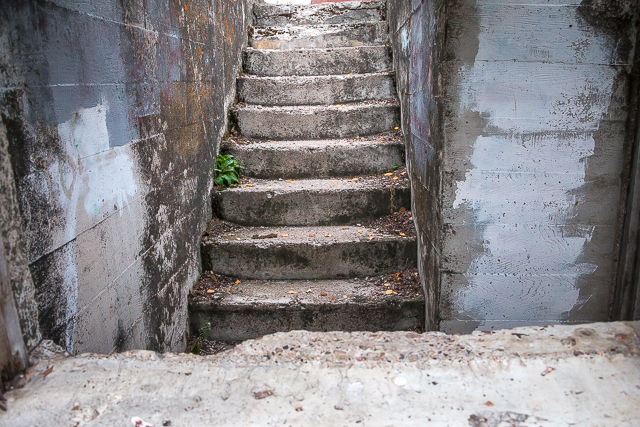
Anything not made of concrete is long gone.
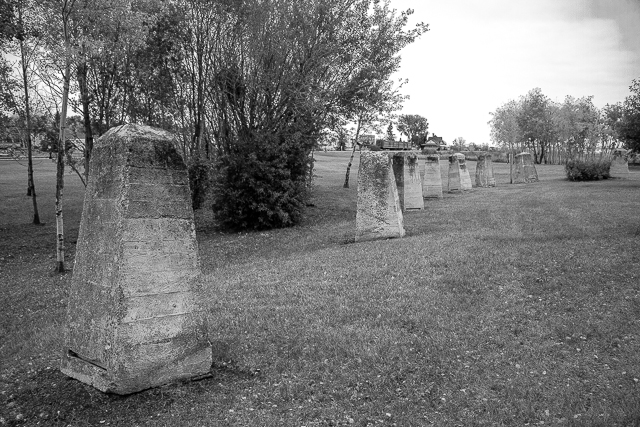
The work that went into it.
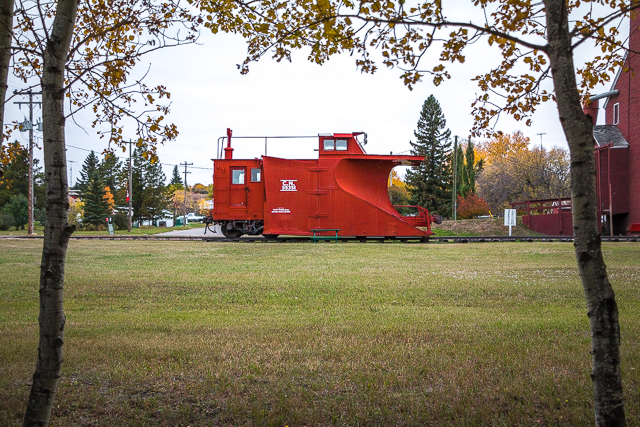
For when the snow flies.
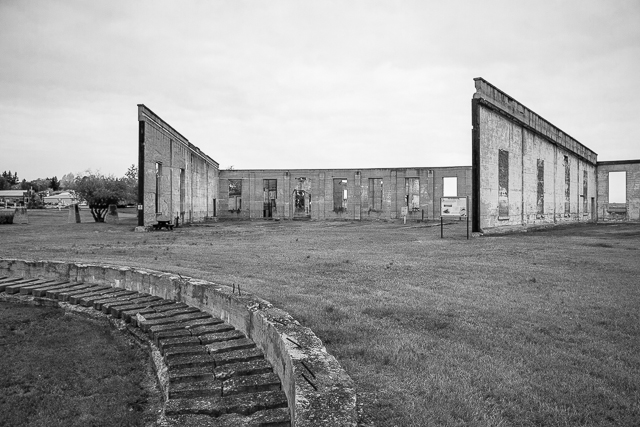
Centre of the complex, the roundhouse.
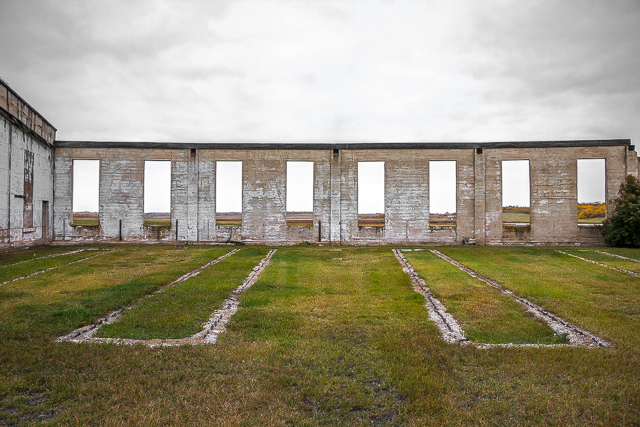
It’s here where locomotives were worked on.
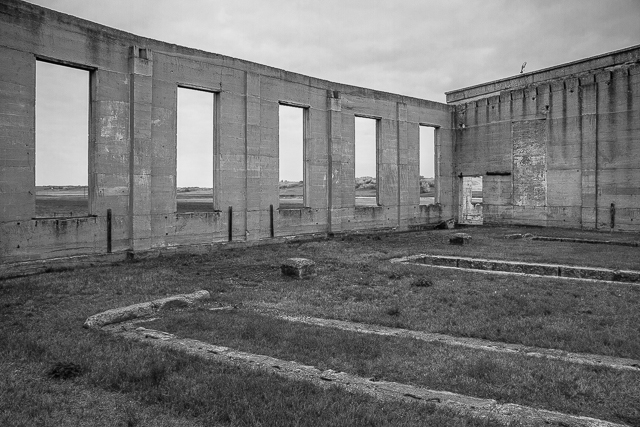
Imagine it 100 years ago…
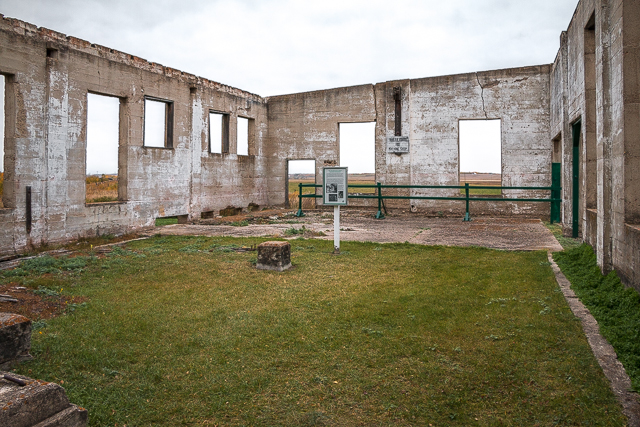
It was built by the Canadian Northern Railway.
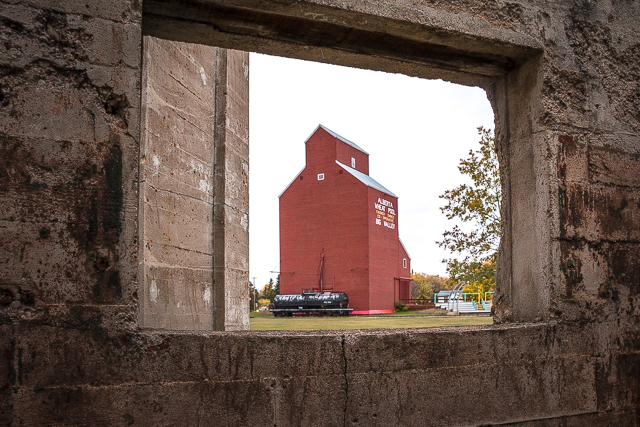
The elevator is the tallest thing in town.
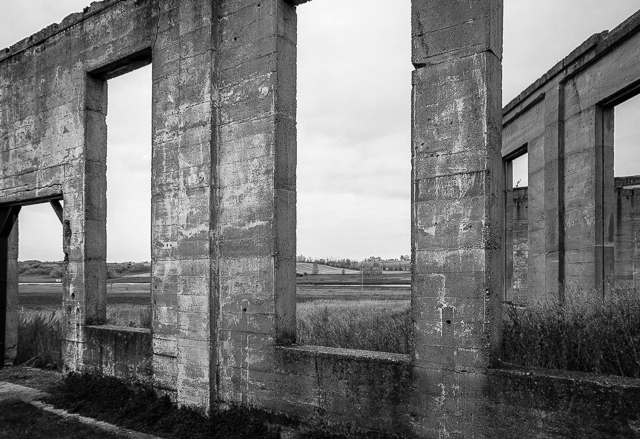
You are free to walk about.
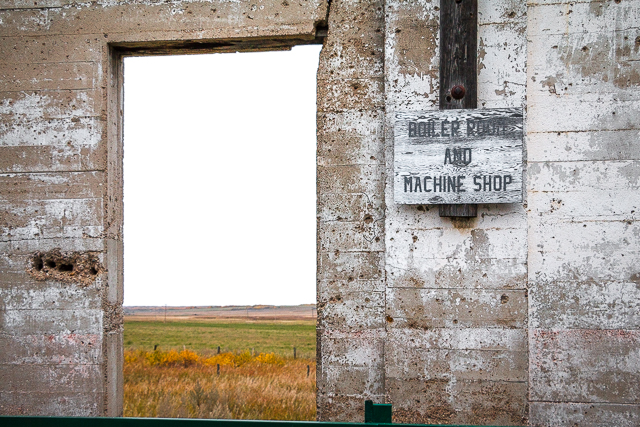
The Boiler Room & Machine Shop.
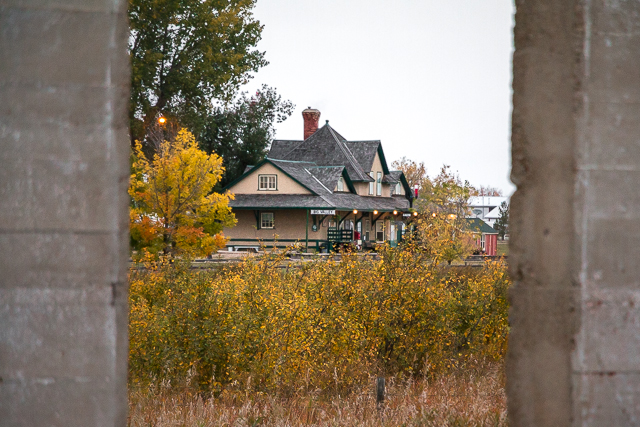
This station was our home for the weekend.
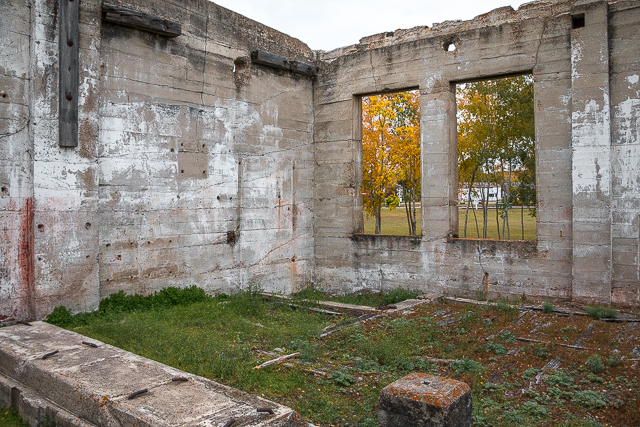
Fall colours add to the charm.
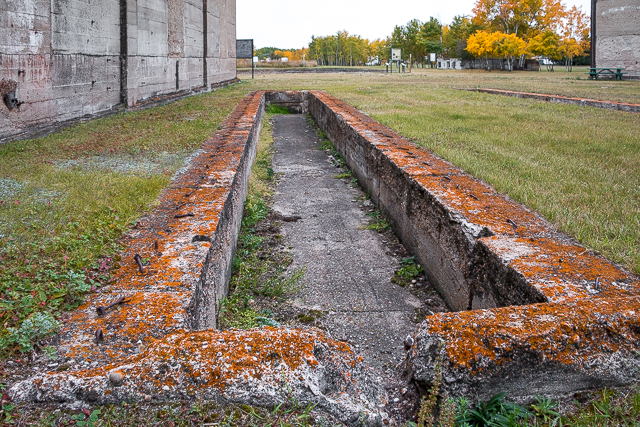
A service pit.
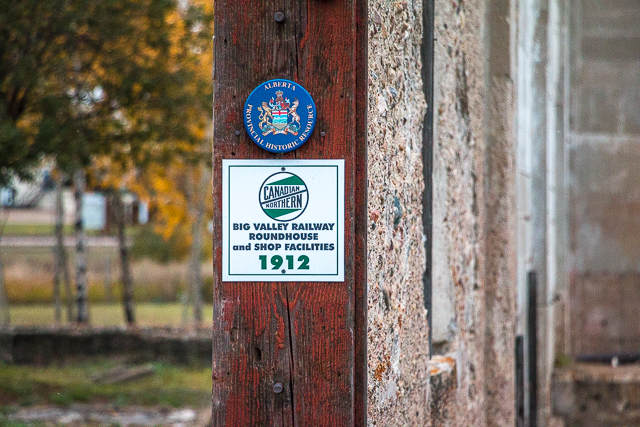
It’s historically recognized.
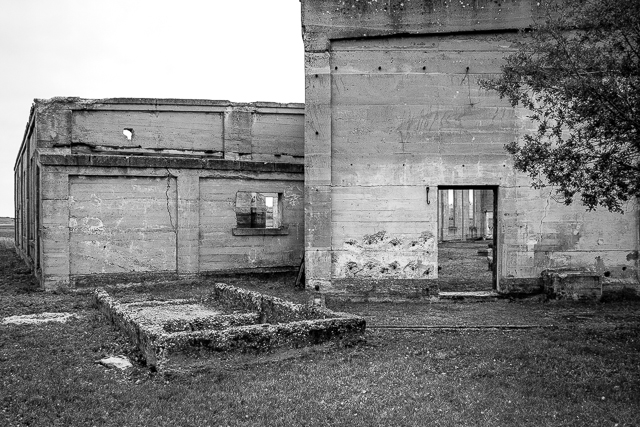
At every turn, a mass of concrete.
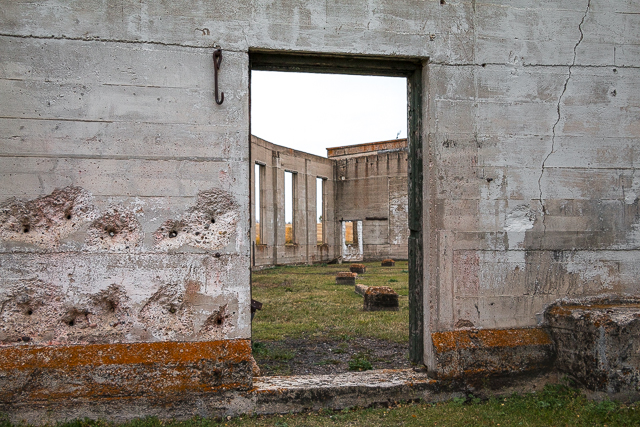
The buildings have been abandoned for a long time.
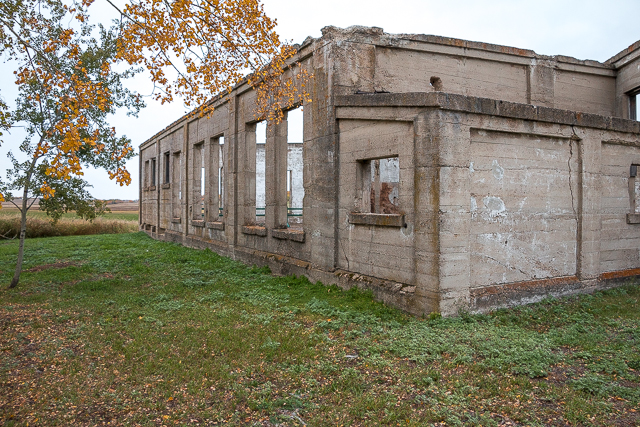
They take us back over a hundred years.

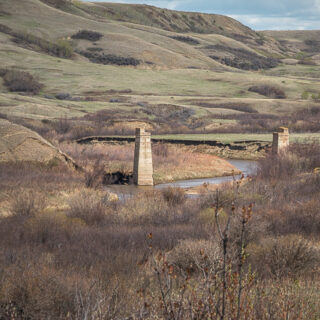
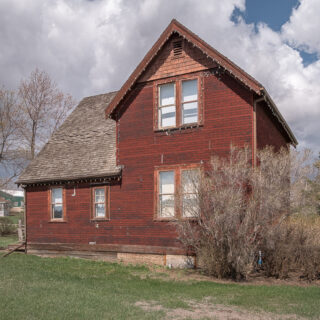
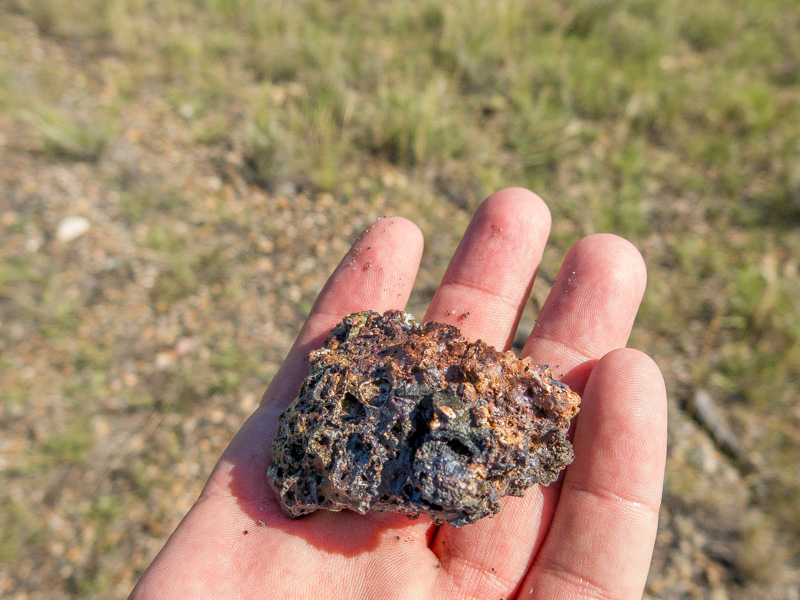
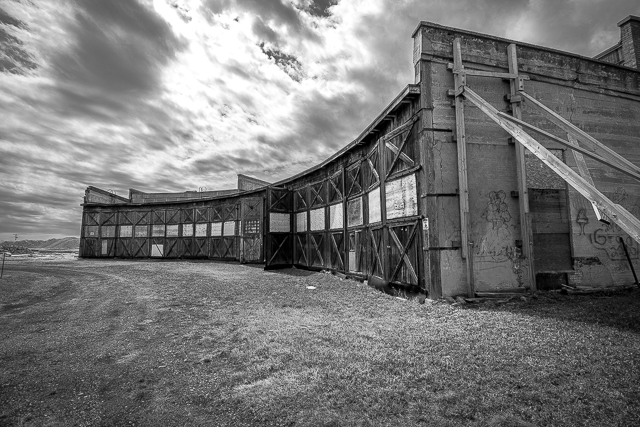
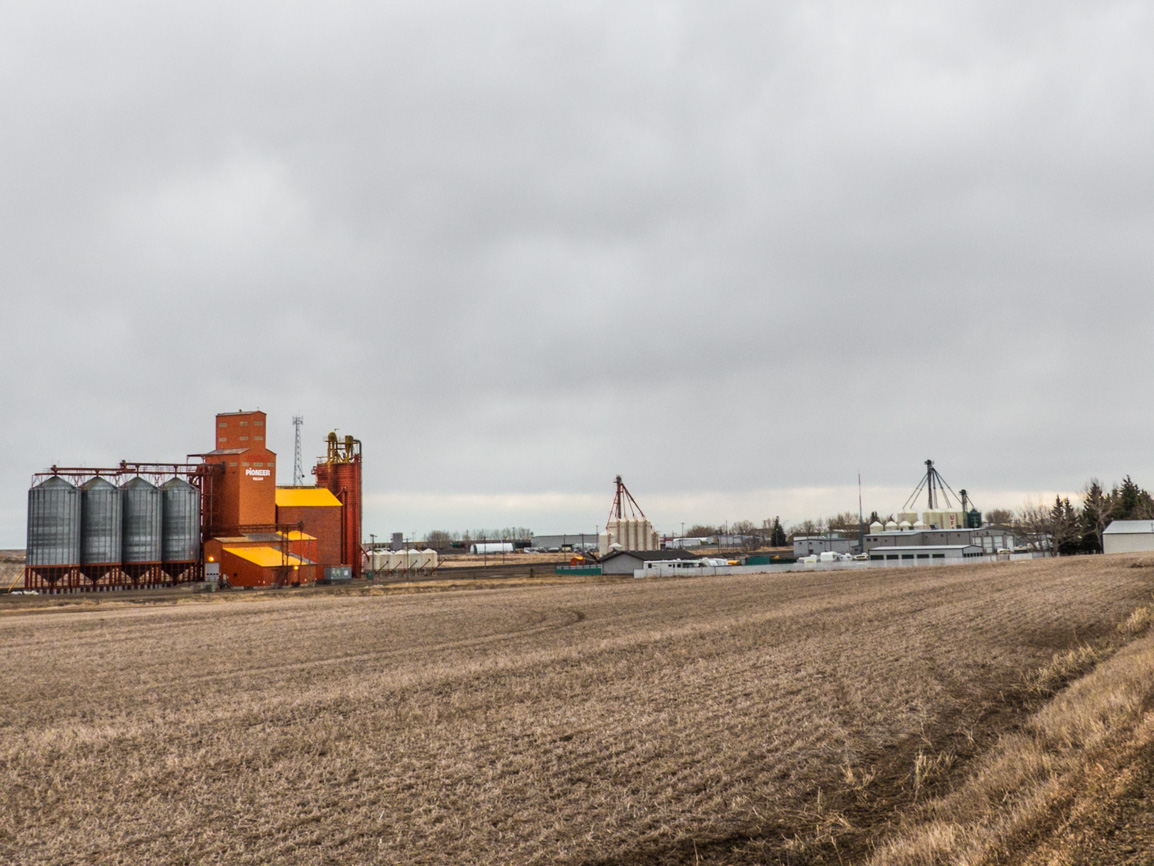
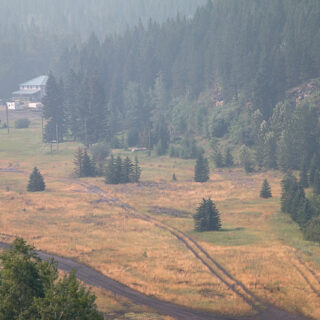
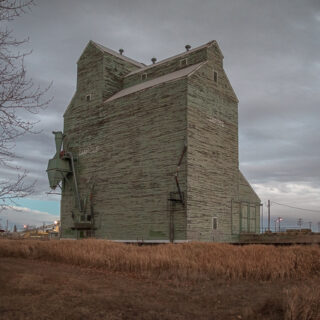
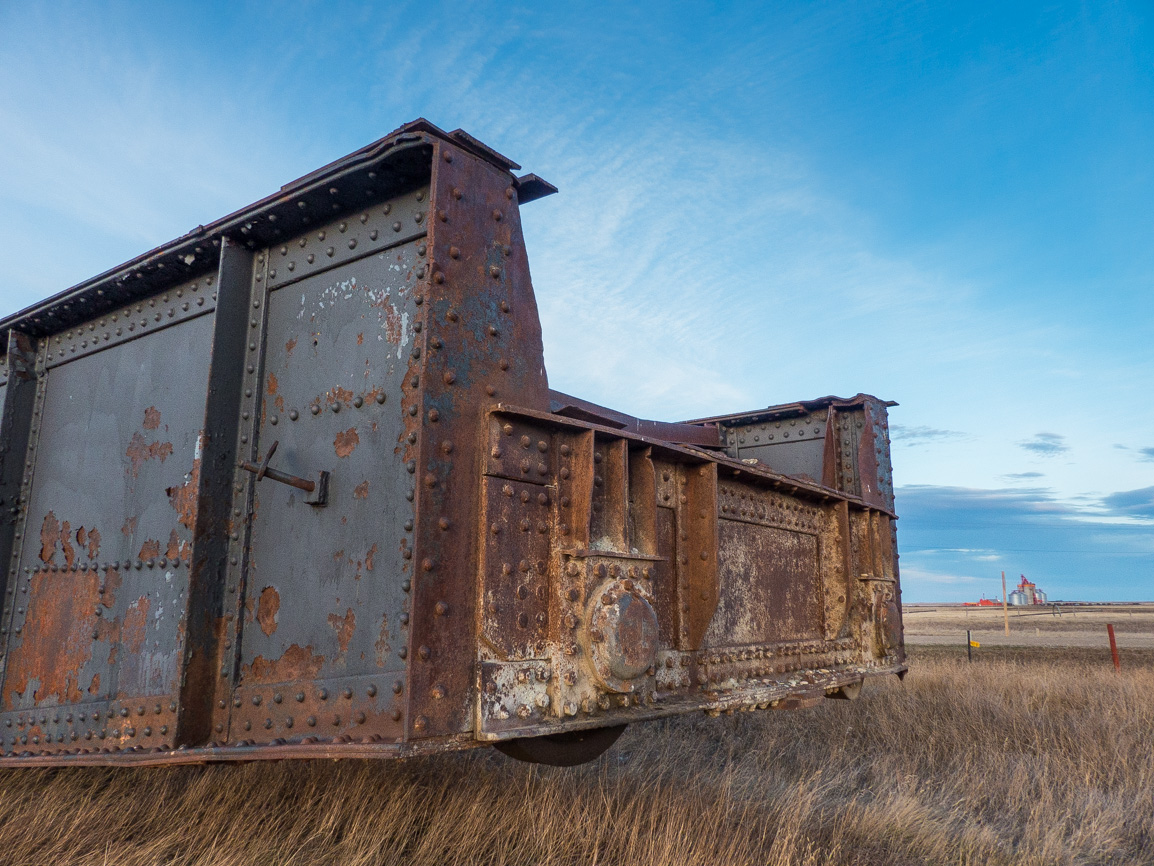
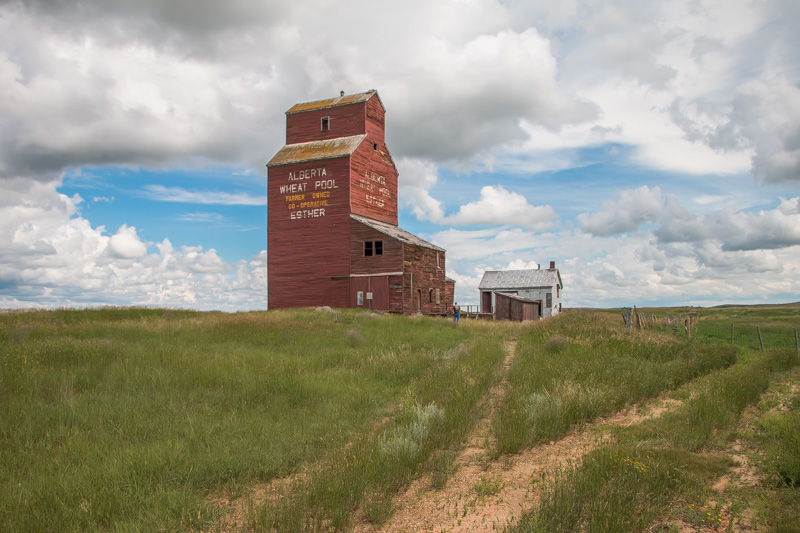
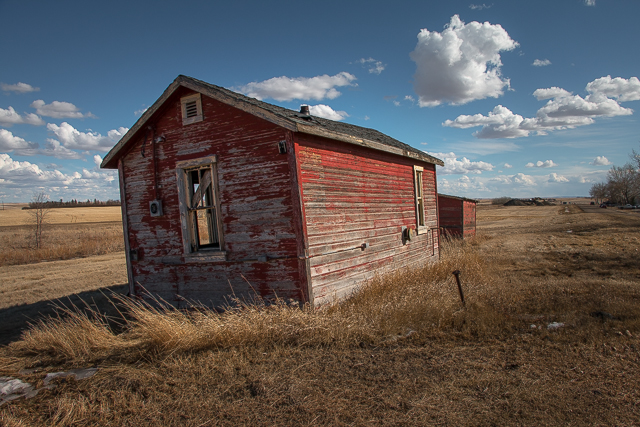
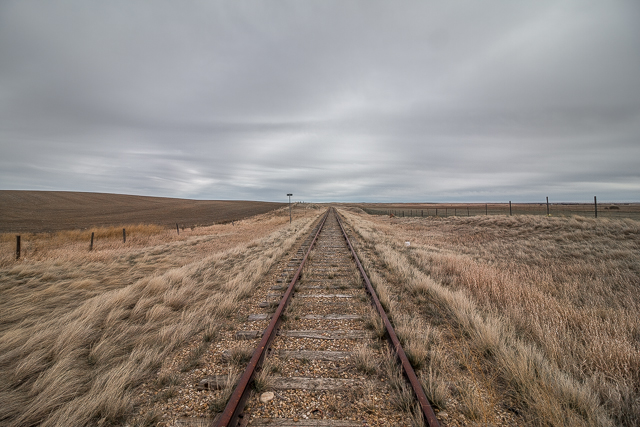
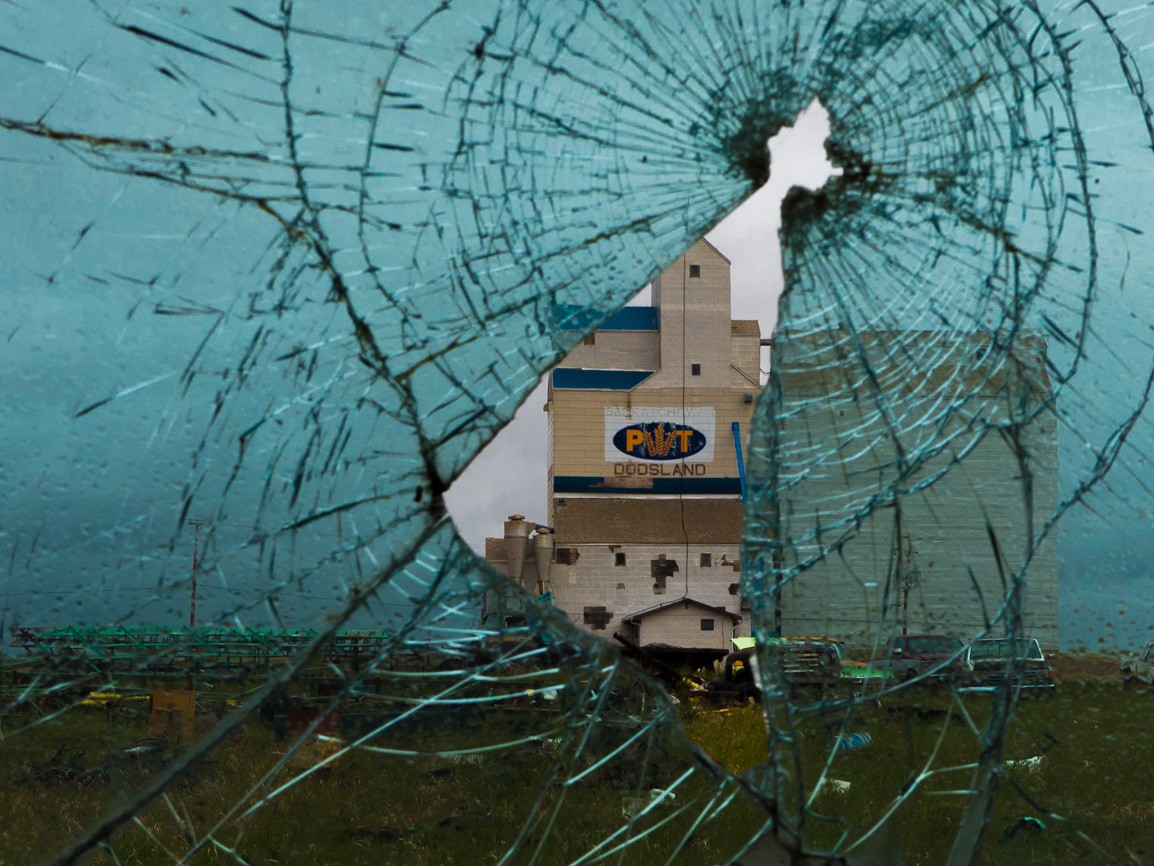







Fascinating! All your photos always are!
That is so kind of you to say, thanks!
So that’s where you went after dinner?
Guilty as charged.
Very cool!
I know!
Can’t wait for your book!!
Working on it as we speak! And we hope it’ll be awesome.
Thanks for covering our piece of history.
It’s our pleasure!
Shared: Another roundhouse story from our friends Off the Beaten Path with Chris & Connie. The Big Valley roundhouse was part of the same Canadian Northern rail line as the Hanna roundhouse featured in the spring 2020 issue of Discovering Antiques Magazine.
That was a great piece! But we’re biased! Thanks for the share.
I love these old photos
We’ll keep them coming…
Great shots!
Thanks!
Strong walls, just waiting for you to take an interesting photo.
There’s a real Stonehenge vibe there and it was an inspiring subject to shoot.
Beautiful photos!
Thank you!
Like so many places across the prairies, Big Valley has terrible alkali water, and locomotives using this had to be washed out far more frequently, perhaps even after ever round trip. Such high mineral content will also cause foaming in the boiler, causing liquid water to be thrown up into the throttle valve and make its way to the cylinders, potentially causing severe damage (liquids don’t compress like gasses).
A few miles north of Big Valley, at Caprona, the railway drilled a deeper well to tap a far better water source. I’ve read that crews would try to take as little water as possible right in Big Valley, and fill up at Caprona instead.
Thank you for sharing this. Prairie water is worst! When we rode in the locomotive one trip the engineer made mention of something similar in regards to Caprona. I can only imagine the trouble caused by foaming water and scale.
Great photos!
Thanks for taking the time to look!
Beautiful!
Thanks!